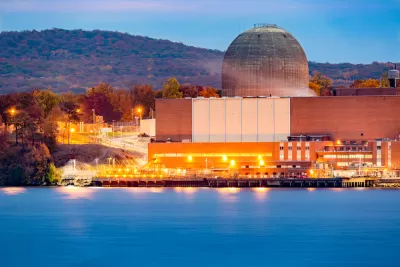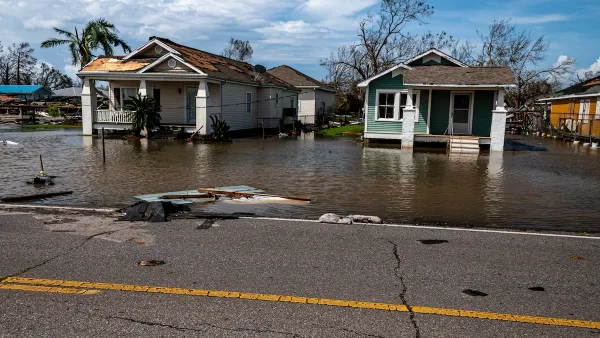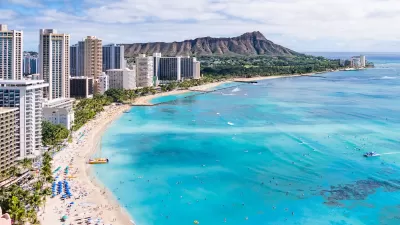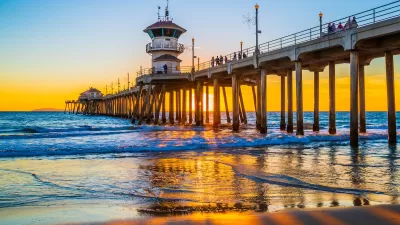Environmentalists are pushing the nuclear industry to do more to prepare for sea level rise. An estimated 13 nuclear plants in the U.S. are considered vulnerable now or in the future.

Christina Nunez writes of a threat to 13 nuclear power plants located in the United States—rising sea levels as a result of climate change. Nunez opens the story by citing the example of two reactors located off Florida's Biscayne Bay at the Turkey Point nuclear plant. The plant is licensed to operate until 2032. "At some point after that, if you believe the direst government projections, a good part of the low-lying site could be underwater," writes Nunez.
Nunez notes that the 2011disaster at Japan's Fukushima Daiichi nuclear plant shifted the debate about nuclear—especially with regard to sea level rise. Nunez cites the example of a pair of reactors in the United Kingdom that were "taken offline in 2013 because of concerns that an extreme event could overwhelm its seawall, which was then improved."
In the United States, the nuclear power industry is in the process of reevaluating its flood risks, producing a "strategy it calls FLEX, where key backup equipment is stationed at multiple locations so it can be shuttled to a distressed plant."
Given the 13 nuclear sites considered at risk, all located along the Atlantic and Gulf coasts, some believe that not enough is being done. "In the past, historical data about storms and flooding would inform the licensing requirements for a unit," explains Nunez, but sea level rise will render such historical data obsolete. Researchers have flagged four plants—in New Jersey, New Hampshire, and Connecticut—as particularly vulnerable.
The article includes more information on safety considerations at soon-to-be-decommissioned plants (such as Turkey Point, mentioned above) as well as ongoing rule-making processes that could implement additional safety regulations at nuclear plants.
FULL STORY: As Sea Levels Rise, Are Coastal Nuclear Plants Ready?

Planetizen Federal Action Tracker
A weekly monitor of how Trump’s orders and actions are impacting planners and planning in America.

Vehicle-related Deaths Drop 29% in Richmond, VA
The seventh year of the city's Vision Zero strategy also cut the number of people killed in alcohol-related crashes by half.

As Trump Phases Out FEMA, Is It Time to Flee the Floodplains?
With less federal funding available for disaster relief efforts, the need to relocate at-risk communities is more urgent than ever.

LA Transit Ridership Plummets Amidst ICE Raids
LA Metro’s bus and rail lines are seeing up to 15 percent lower ridership in the wake of violent immigration arrests.

A New Texas Neighborhood is Powered by Geothermal Energy
The 7,500-home development claims to be Austin’s ‘first zero energy planned community.’

Data: In Rural America, Mobile Homes are Heat Traps
Extreme heat is often viewed as an urban problem, but rural communities face their own unique risks.
Urban Design for Planners 1: Software Tools
This six-course series explores essential urban design concepts using open source software and equips planners with the tools they need to participate fully in the urban design process.
Planning for Universal Design
Learn the tools for implementing Universal Design in planning regulations.
Heyer Gruel & Associates PA
JM Goldson LLC
Custer County Colorado
City of Camden Redevelopment Agency
City of Astoria
Transportation Research & Education Center (TREC) at Portland State University
Camden Redevelopment Agency
City of Claremont
Municipality of Princeton (NJ)




























